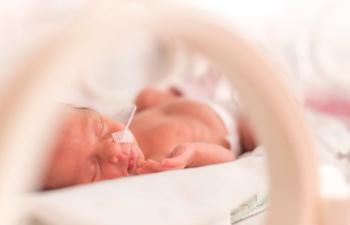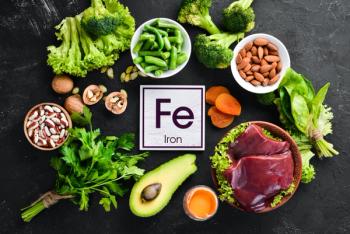
Comparing mechanical cervical ripening devices
Are two balloons better than one?
Results of a new randomized study evaluating pre-induction placement of mechanical cervical ripening devices in postdate primigravidae women show that use of the double-balloon catheter produced greater cervical ripening compared with the Foley catheter balloon.1 The Foley catheter, however, was associated with significant shortening of the interval from both device insertion to expulsion and insertion to delivery.
Based on the findings of their study, the researchers recommended using the Foley catheter for pre-induction of labor cervical ripening. And they noted that the less expensive Foley catheter would be particularly favored in low resource settings.
The study was undertaken by researchers from the department of obstetrics and gynecology at Suez Canal University in Ismailia, Egypt. It included 78 women who were randomly assigned into the 2 intervention groups. According to the protocol, the inserted device would be removed after approximately 12 hours if it was not expulsed spontaneously.
Comparisons between the 2 study groups showed the rate of spontaneous expulsion was significantly higher for the Foley catheter than for the double-balloon catheter (89.2% vs 78.4%; P = .03). After device removal, median Bishop score was significantly higher in the group that received the double-balloon device compared with the Foley catheter group (6 vs 5; P = .03).
The time from device insertion to expulsion averaged about 1 hour less in the Foley catheter group compared with the double-balloon group (6.19 ± 2.1 hours vs 7.26 ± 2.25 hours; P = .03). The mean time between device insertion and delivery was about 1.5 hours shorter using the Foley catheter compared with the double-balloon device (13.5 ± 4.00 hours vs 15.15 ± 4.30 hours; P = 0.03).
Other outcomes analyzed in the study included mode of delivery, oxytocin units used, pain during or after insertion, and overall patient satisfaction. No differences between the 2 study groups were noted in any of those parameters.
Reference
1. Ahmed WA, Ibrahim ZM, Ashor OE, et al. Use of the Foley catheter versus a double balloon cervical ripening catheter in pre-induction cervical ripening in postdate primigravidae. J Obstet Gynaecol Res. 2016. July 19 [Epub ahead of print]
Newsletter
Get the latest clinical updates, case studies, and expert commentary in obstetric and gynecologic care. Sign up now to stay informed.










